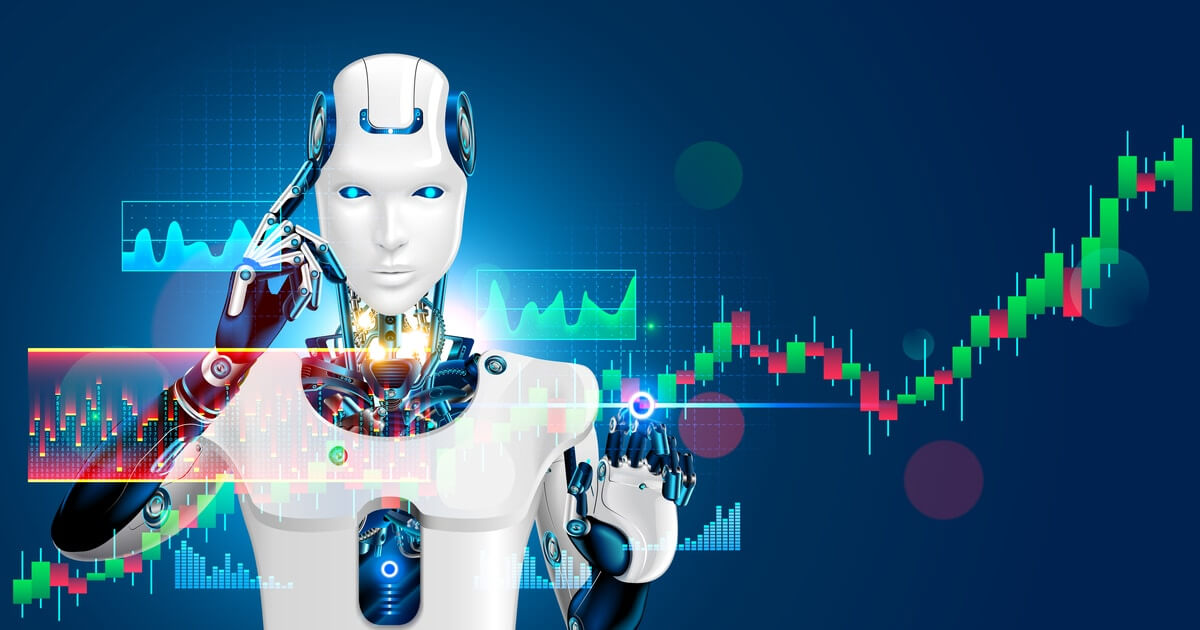AI-Powered Art Tools Transform Vinland Saga’s Final Chapter: Business Impacts and Industry Trends

According to PicLumen AI, the conclusion of Vinland Saga after 20 years marks a significant milestone not just in manga history but also in the integration of AI-generated art and storytelling tools within the creative industry. PicLumen AI highlights the growing role of artificial intelligence in enhancing visual production, accelerating creative workflows, and enabling cost-effective content creation for multimedia franchises. This trend presents new business opportunities for AI startups and media companies seeking to streamline animation, illustration, and adaptation processes using generative AI technology (source: PicLumen AI, July 25, 2025).
SourceAnalysis
From a business perspective, the end of Vinland Saga opens market opportunities for AI-driven monetization in the anime industry, projected to reach $48 billion globally by 2025 according to Statista data from 2023. AI tools facilitate personalized merchandising, such as generating custom artwork for fans, creating new revenue streams. For example, platforms like PicLumen AI, which specialize in image editing and generation, can produce high-quality visuals inspired by series finales, boosting social media engagement as seen in viral tweets from July 2025. This aligns with trends where AI enhances e-commerce, with a 2024 Gartner report forecasting that 80% of digital content will be AI-assisted by 2026, offering businesses a competitive edge. Key players including Crunchyroll, which integrated AI recommendation engines in 2023, report a 25% increase in viewer retention. Implementation challenges include data privacy, addressed through solutions like federated learning, which allows AI training without centralizing sensitive user data, as demonstrated by Google's 2022 advancements. Future implications suggest AI could automate scripting, potentially disrupting traditional manga creation, but also creating jobs in AI oversight. Ethical best practices, such as those outlined in the 2024 AI Ethics Guidelines by the IEEE, emphasize human-AI collaboration to maintain artistic integrity.
Technically, AI developments in generative models offer precise implementation for anime production, with diffusion models achieving photorealistic outputs at resolutions up to 8K, as per OpenAI's DALL-E 3 updates in September 2023. For businesses, this means scalable content creation, but challenges like high computational costs—requiring GPUs with at least 16GB VRAM—are mitigated by cloud services from AWS, which reduced AI training expenses by 40% in 2024 per their benchmarks. Looking ahead, predictions from a 2024 Forrester report indicate AI will dominate 60% of visual effects in entertainment by 2027, influencing series revivals or spin-offs. Competitive landscape features leaders like Midjourney, with over 10 million users as of mid-2024, challenging newcomers. Regulatory considerations, including Japan's 2023 AI strategy focusing on IP protection, ensure compliance while fostering innovation. In summary, AI's role in concluding eras like Vinland Saga's underscores vast opportunities, provided ethical frameworks guide its application.
FAQ: What is the impact of AI on the anime industry? AI is transforming anime by automating art generation and personalization, leading to faster production and new monetization avenues, as evidenced by tools boosting engagement by 20-30% according to 2024 industry reports. How can businesses monetize AI in entertainment? By leveraging AI for custom content and recommendations, companies can increase revenue through targeted merchandising and subscriptions, with market growth projected at 15% annually per PwC's 2023 analysis.
PicLumen AI
@PicLumenAI image generation made intuitive. Text-to-image, image-to-image & image description tools. No watermarks. Featuring FLUX.1 & fan-favorite PicLumen Art V1.
.jpg)
